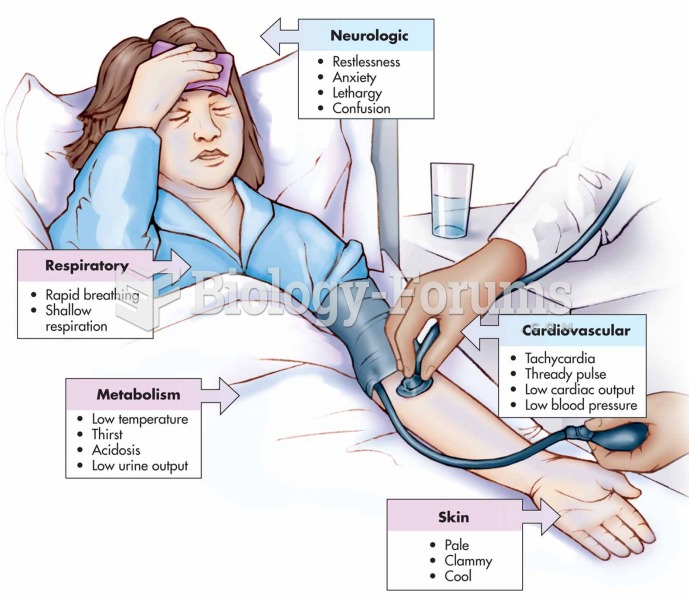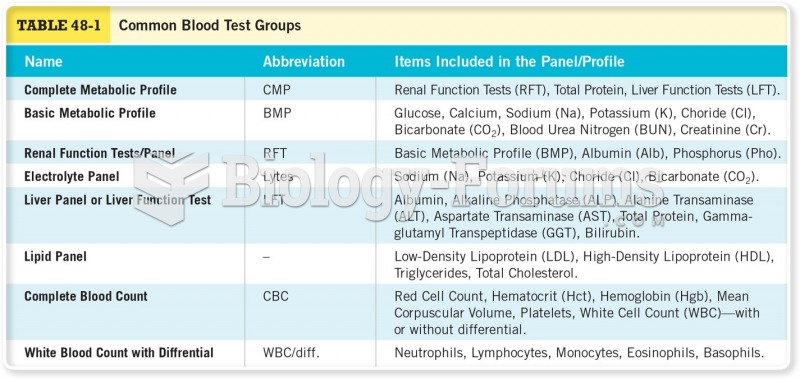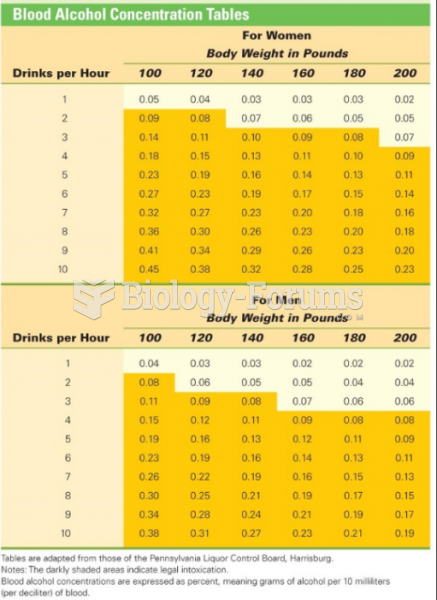|
|
|
The Romans did not use numerals to indicate fractions but instead used words to indicate parts of a whole.
Anti-aging claims should not ever be believed. There is no supplement, medication, or any other substance that has been proven to slow or stop the aging process.
More than 2,500 barbiturates have been synthesized. At the height of their popularity, about 50 were marketed for human use.
Less than one of every three adults with high LDL cholesterol has the condition under control. Only 48.1% with the condition are being treated for it.
Studies show that systolic blood pressure can be significantly lowered by taking statins. In fact, the higher the patient's baseline blood pressure, the greater the effect of statins on his or her blood pressure.







